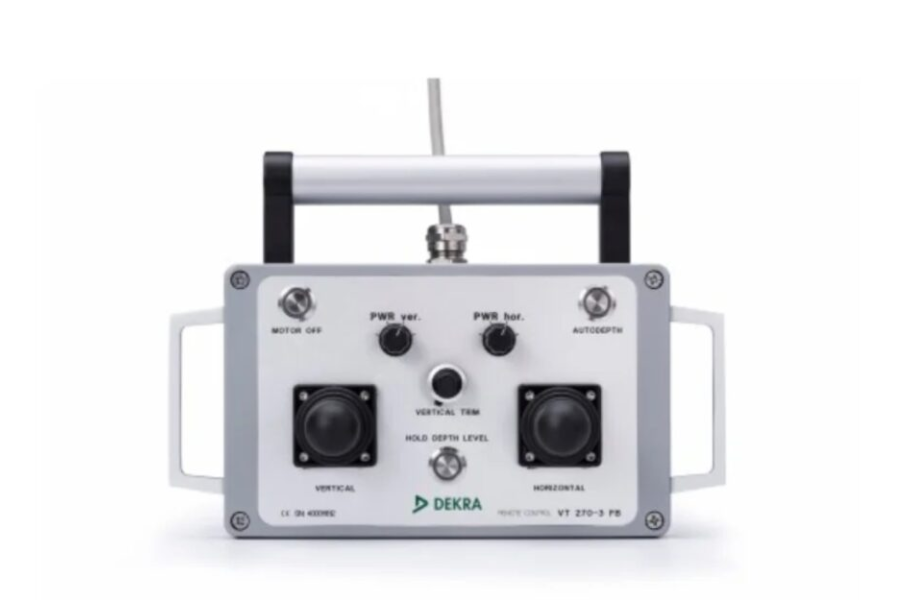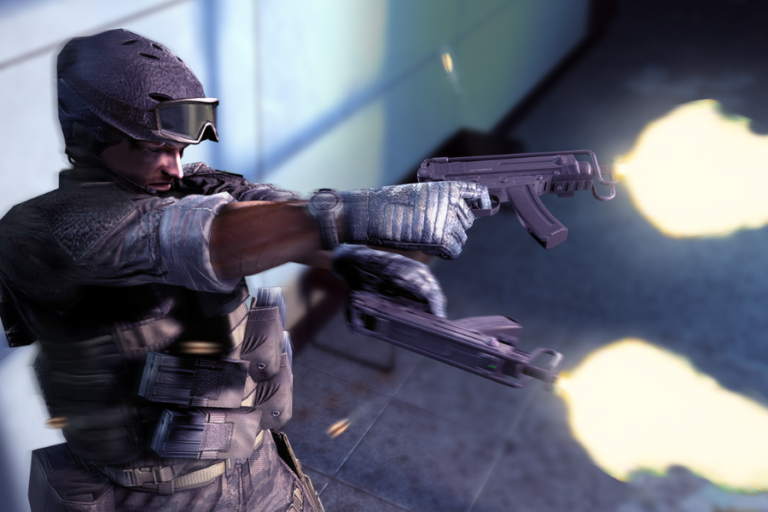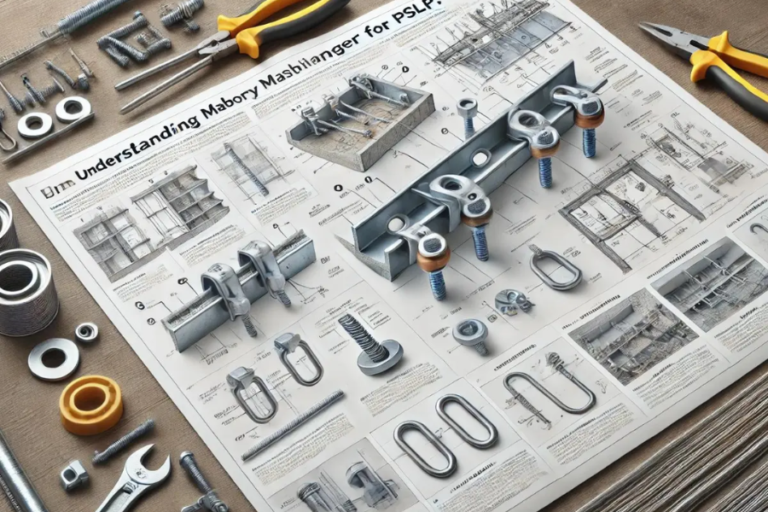“Unlocking Vehicle Safety: How the DEKRA VT1000 Pitting Image Transforms Inspections”
Introduction
Curious about the DEKRA VT1000 Pitting Image and the significance of pitting images? You’ve come to the right place! Whether you’re involved in the automotive industry, manage a fleet, or just want to get a better grasp on vehicle safety inspections, the DEKRA VT1000 Pitting Image is a key player you should know about.
In this article, I’ll explain what the DEKRA VT1000 Pitting Image is, why pitting images are crucial, and how they enhance vehicle safety. By the end of this post, you’ll have a solid understanding of how this tool operates and why it’s revolutionizing vehicle inspections.
What is the DEKRA VT1000?
The DEKRA VT1000 Pitting Image is an advanced inspection tool crafted to evaluate the condition of crucial vehicle components such as tires, brakes, and more. Created by DEKRA, a global authority in safety and testing, this tool is exceptional at identifying wear and tear, especially through detailed pitting images.
Pitting refers to small, crater-like depressions that can form on surfaces like brake discs or tires. Though these defects might seem minor, they can significantly impact vehicle performance and safety. With the DEKRA VT1000 Pitting Image, technicians can detect these flaws early, which helps in preventing more serious issues from developing later on.
Why Do Pitting Images Matter?
Pitting images offer a close-up view of damage that might be missed during a standard inspection. The DEKRA VT1000 Pitting Image captures high-resolution images, revealing early signs of wear on vital components. This early detection is crucial for avoiding dangerous situations like brake failures or tire blowouts.
For fleet managers, drivers, and technicians, these detailed pitting images are invaluable. They allow for a thorough assessment of a vehicle’s condition, enabling informed decisions about repairs and replacements. This proactive approach ensures that vehicles remain safe and reliable.
How Pitting Images Are Captured by the DEKRA VT1000
The DEKRA VT1000 Pitting Image utilizes cutting-edge technology to produce highly detailed images of vehicle components. Here’s a quick rundown of how it operates:
Scanning: The VT1000 examines critical parts of the vehicle, such as brakes and tires, for any signs of damage.
Capturing Images: It captures high-resolution images of these components, making it easier to spot pitting, cracks, or signs of wear.
Analyzing: Advanced software then analyzes these images to pinpoint any areas that may need attention.
Reporting: Finally, a detailed report is generated, summarizing the findings and making it simple for technicians or fleet managers to review and take necessary actions.
By automating much of the inspection process, the DEKRA VT1000 Pitting Image offers quicker, more precise results, reducing human error and boosting overall reliability.
DEKRA VT1000 Pitting Image Advantages
The DEKRA VT1000 Pitting Image brings several key benefits for spotting
Boosts Vehicle Safety: By detecting pitting early, it helps prevent dangerous failures in brakes and tires, ensuring that vehicles operate safely.
Cuts Repair Costs: Identifying and addressing issues before they escalate can save money by avoiding more expensive repairs or replacements.
Accelerates Inspections: The VT1000 delivers faster results compared to manual inspections, which reduces vehicle downtime and enhances overall efficiency.
Supports Compliance: For industries managing large fleets, the VT1000 ensures vehicles adhere to strict safety regulations, helping businesses stay compliant.
Interpreting DEKRA VT1000 Pitting Image
Pitting images may seem daunting at first, but they become clearer once you understand what to look for. These images reveal small pits or dents in key vehicle parts like brake discs and tires. While these imperfections might seem minor, they can cause serious issues if not addressed promptly.
When examining pitting images, pay attention to both the size and location of the pits. Larger pits or clusters in specific areas often signal a more urgent need for repair. For example, pitting on brake discs can lead to uneven braking performance, while pitted tires might be more susceptible to blowouts.
Typical Reasons for Pitting
Pitting can develop due to several factors:
Corrosion: Moisture exposure can cause rust, which often leads to pitting, especially on brake discs.
Heat: Repeated braking generates a lot of heat, which can weaken metal surfaces and create pits.
Debris: Small particles like rocks or dirt trapped in components can cause gradual wear and pitting over time.
Aging: As vehicle parts get older, natural wear and tear can result in pitting, particularly in parts that are heavily used.
How to Keep Your Cars From Pitting
Proactive maintenance is key to reducing the risk of pitting. Regular inspections with tools like the DEKRA VT1000 Pitting Image can detect early signs of pitting before they develop into major problems. Keeping vehicle components clean, free from debris, and dry also helps prevent pitting.
Moreover, using high-quality parts and limiting exposure to corrosive environments can extend the lifespan of your vehicle’s components. By adopting these practices, you ensure that your fleet stays safe and operational for a longer period.
Conclusion
The DEKRA VT1000 Pitting Image is an essential tool for maintaining vehicles and managing fleets. By capturing detailed images of critical components like brake discs and tires, the VT1000 helps identify problems early, leading to safer vehicles and fewer expensive repairs.
Knowing how to interpret these images gives you a clearer view of your vehicle’s condition. Acting on these insights not only saves time and money but also helps prevent accidents caused by worn-out parts. In a world where vehicle safety and efficiency are crucial, the DEKRA VT1000 Pitting Image is an invaluable asset for anyone responsible for vehicle maintenance.
Keep an eye for more news & updates on Vents Globe!






